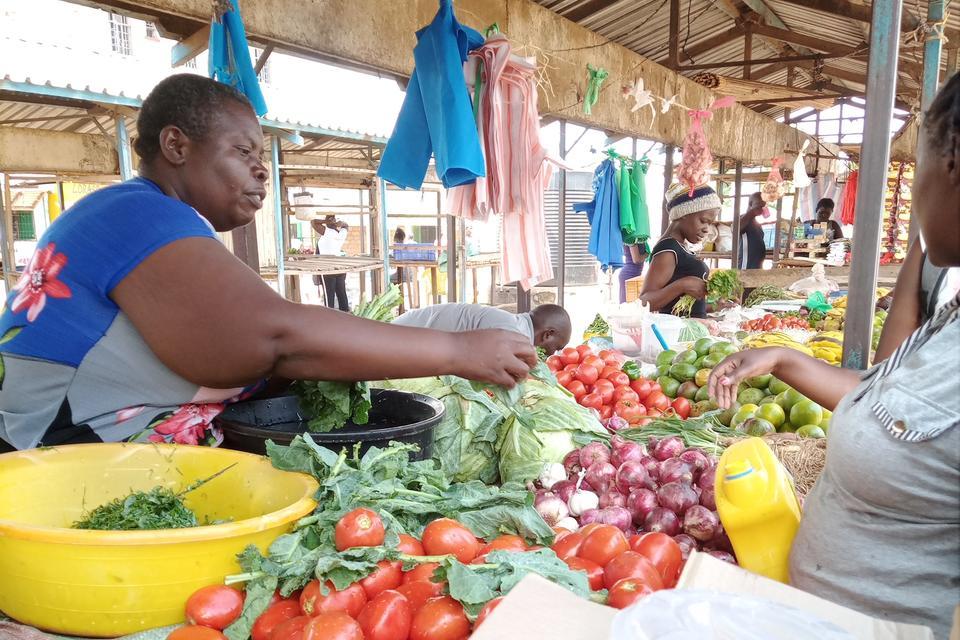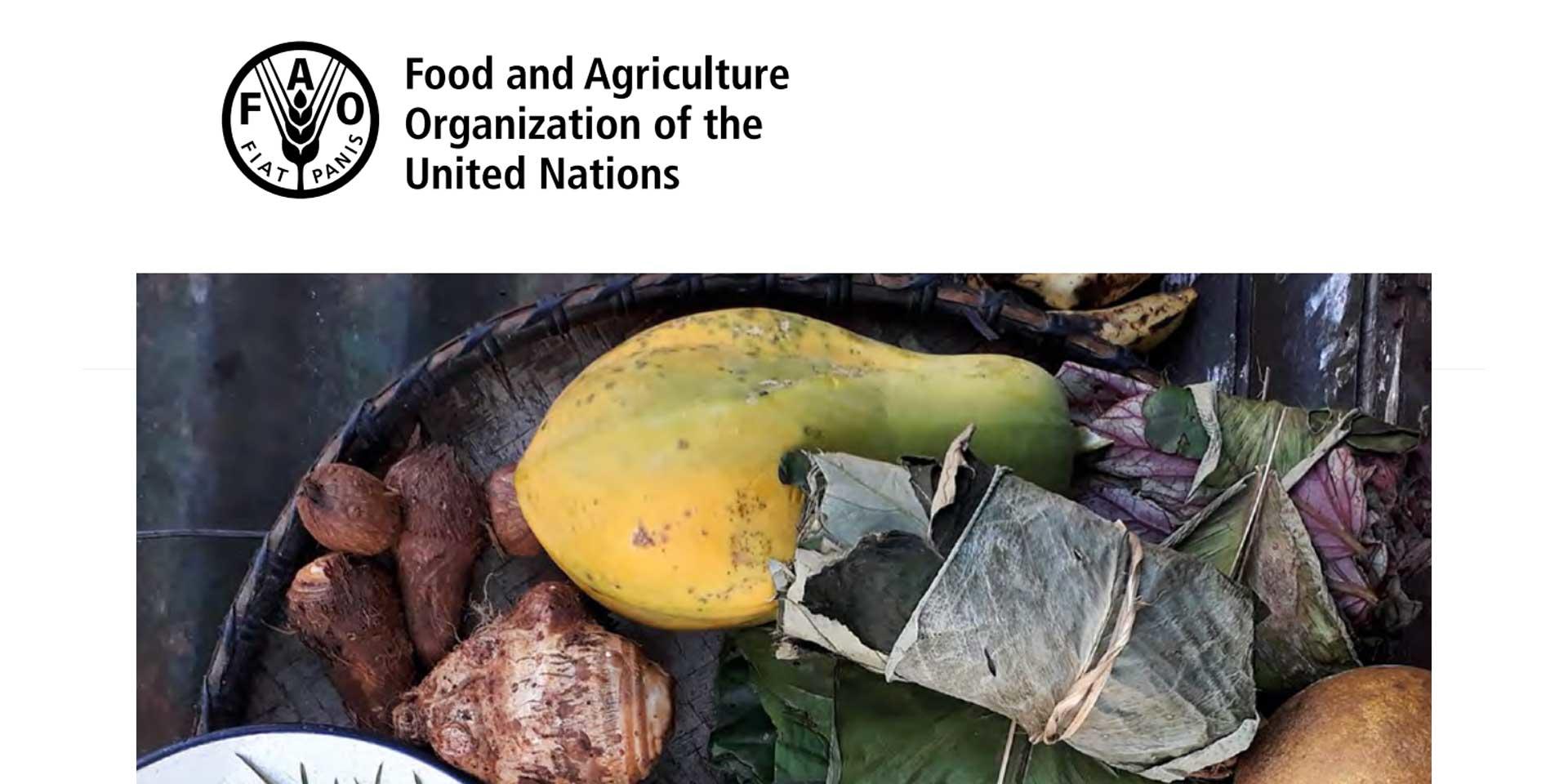2022 Annual Report Food: Accessing healthier diets
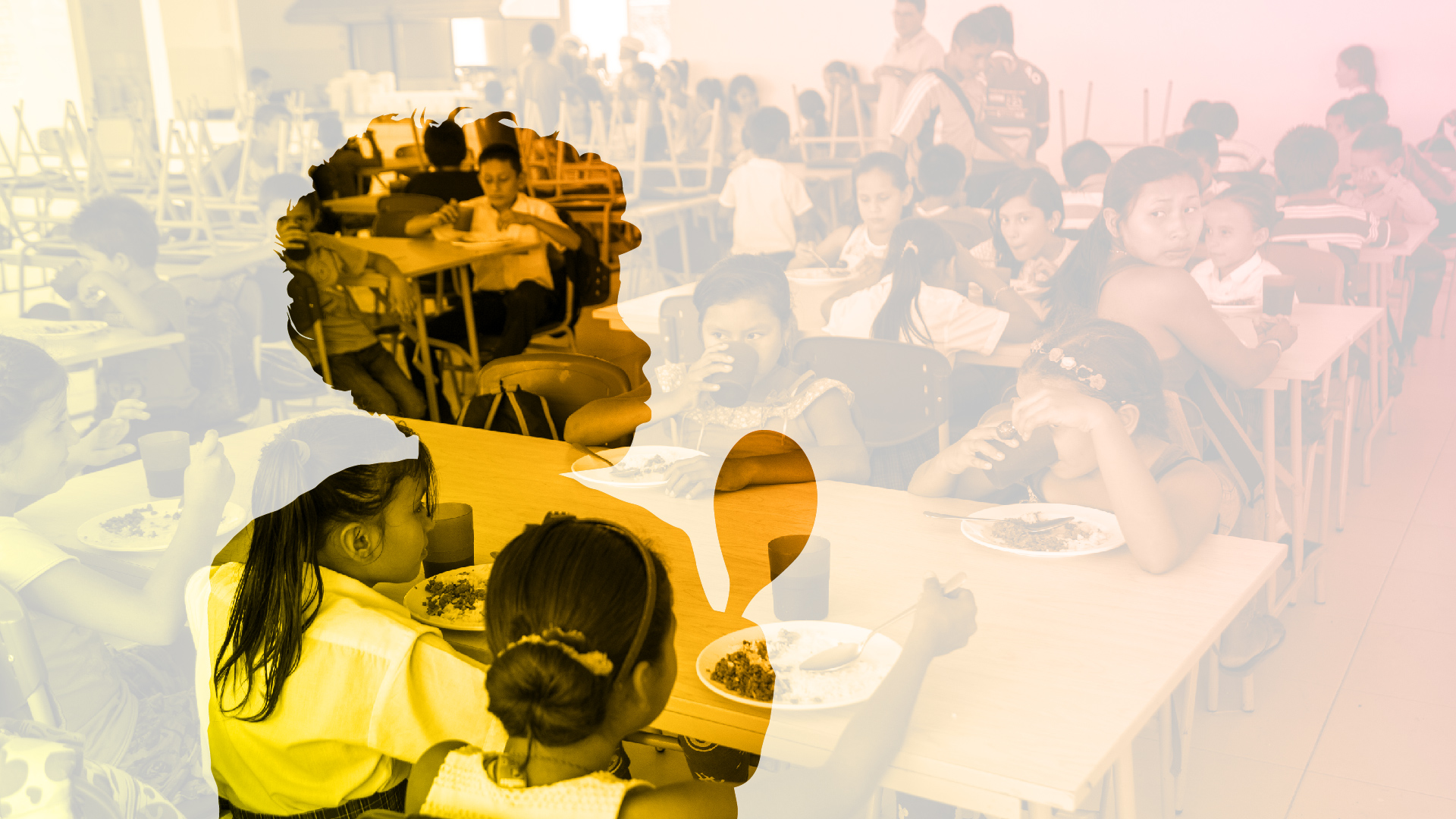
The conflict in Ukraine cast a spotlight on how fluctuating food supply chains impact vulnerable communities. Both longstanding (PABRA, indigenous food systems) and new areas of our research (the Periodic Table of Food Initiative) aimed to track food flows and inform decision-making so that even the most at-risk consumers can access nutritious options.
Nutrition and beyond
What we eat is the entry point to understanding and improving household dynamics and well-being. Our ‘Food Labs’ and urban studies compiled data and best practices to make healthy options accessible, available, and affordable. We developed new tools such as a board game that helps farming families make decisions about nutrition.
We launched the Periodic Table of Food Initiative, an exciting analysis of 1,650 foods at the biomolecular level, conducted with the American Heart Association to explore the “dark matter” of what we eat.

The map of food: why we need a world atlas of what we eat (The Periodic Table of Food Initiative, in World Economic Forum)
Feeding our future with school meals
Millions of children, especially from lower-income families, lost an essential source of food when the pandemic shut down schools. School meals are able to provide nutrition, education, climate resilience, and many other benefits. Our researchers developed a framework for home-grown (locally-sourced) school feeding programs, which can boost dietary diversity as well as farmer livelihoods. We brought this evidence to the first meeting of the School Meal Coalition, an initiative of governments and partners established during the UN Food Systems Summit.
A quarter century of Beans
Improved seeds have been linked to increased food security, and there is no better example than beans. We celebrated the 25th anniversary of the flagship Pan-Africa Bean Research Alliance (PABRA) with a special event at the African Green Revolution Forum (AGRF) in Rwanda.
The event highlighted collaborations with researchers and farmers across the region to deliver 51 bean varieties rich in nutrients such as iron and zinc. We currently estimate over 29,400 tons of improved bean seed have been supplied to farmers.
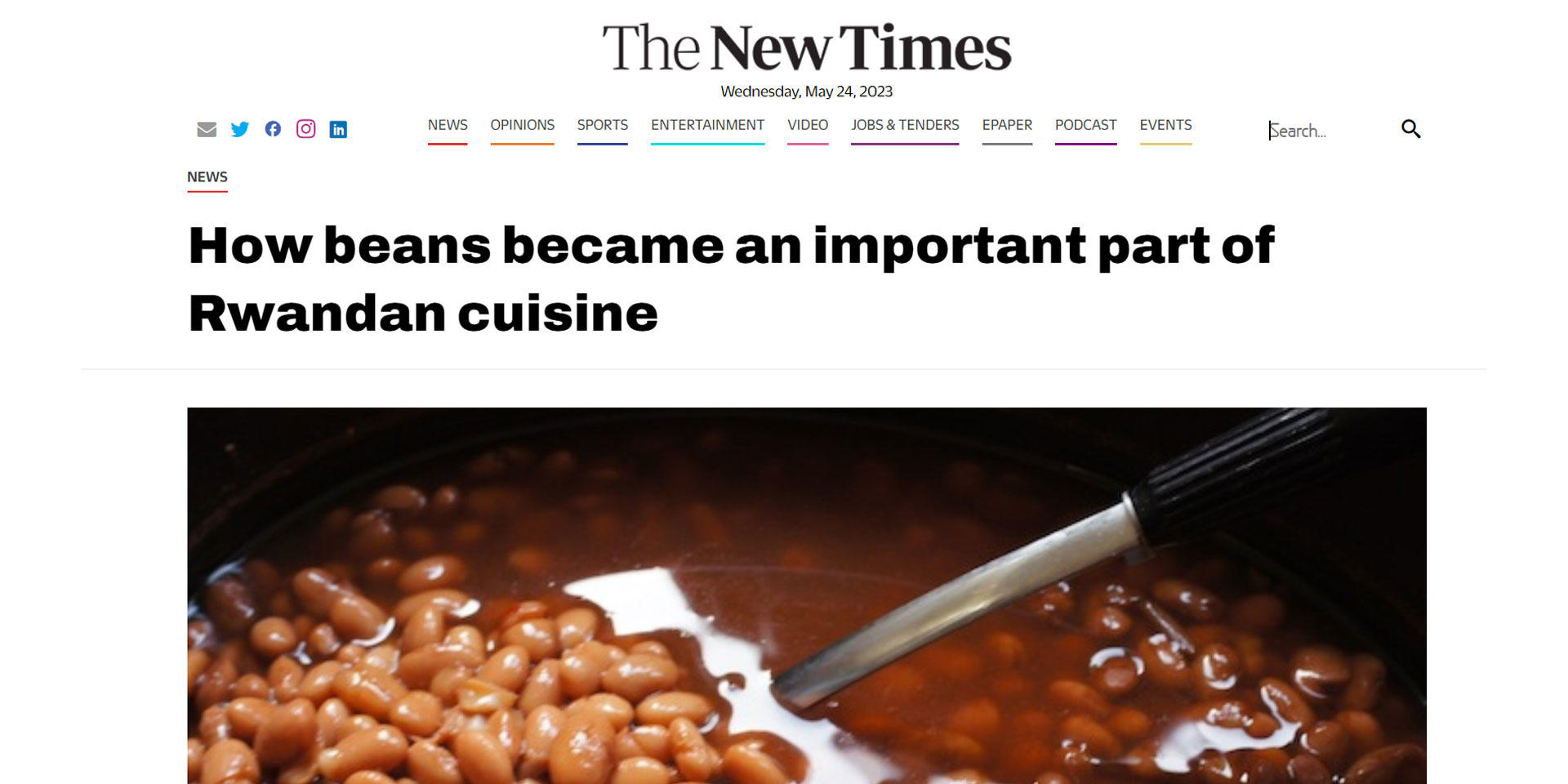
How beans became an important part of Rwandan cuisine (The New Times, Rwanda)
Profiling Countries’ Food Flows
How far does food travel before reaching city consumers? In Colombia, we rolled out a platform, PLaSA (currently available only in Spanish), to synthesize data on food sourcing, transport, and distribution and make it available to the public and policymakers.
Our researchers are also summarizing countries’ complex food systems in a series of profiles, currently available for Honduras and Bangladesh. These profiles aim to inform public and private decision-making with a full but concise picture of food system drivers, components, and outcomes.
In Vietnam, our scientists took an alternative approach by profiling different kinds of communities – urban, peri-urban, and rural – to understand dietary constraints and opportunities in a typical household within each context. Despite many differences, surveys found across the board that there is a high preference for healthy, safe food – an entry point for policies and actions to improve production conditions and supply chain length.
Valorizing Indigenous Foods
Our collaborations show that traditional foodways continue to hold lessons for sustainable diets. Two decades ago, African Leafy Vegetables were vanishing from farms and plates. But in the intervening years, researchers and partners at the National Museums of Kenya have revitalized interest in these hardy plants by compiling recipes and nutrition data. Now, formal recognition has come through African Leafy Vegetables’ inclusion in Kenya’s Food Composition Tables by FAO, and cultural heritage protection status granted by UNESCO.
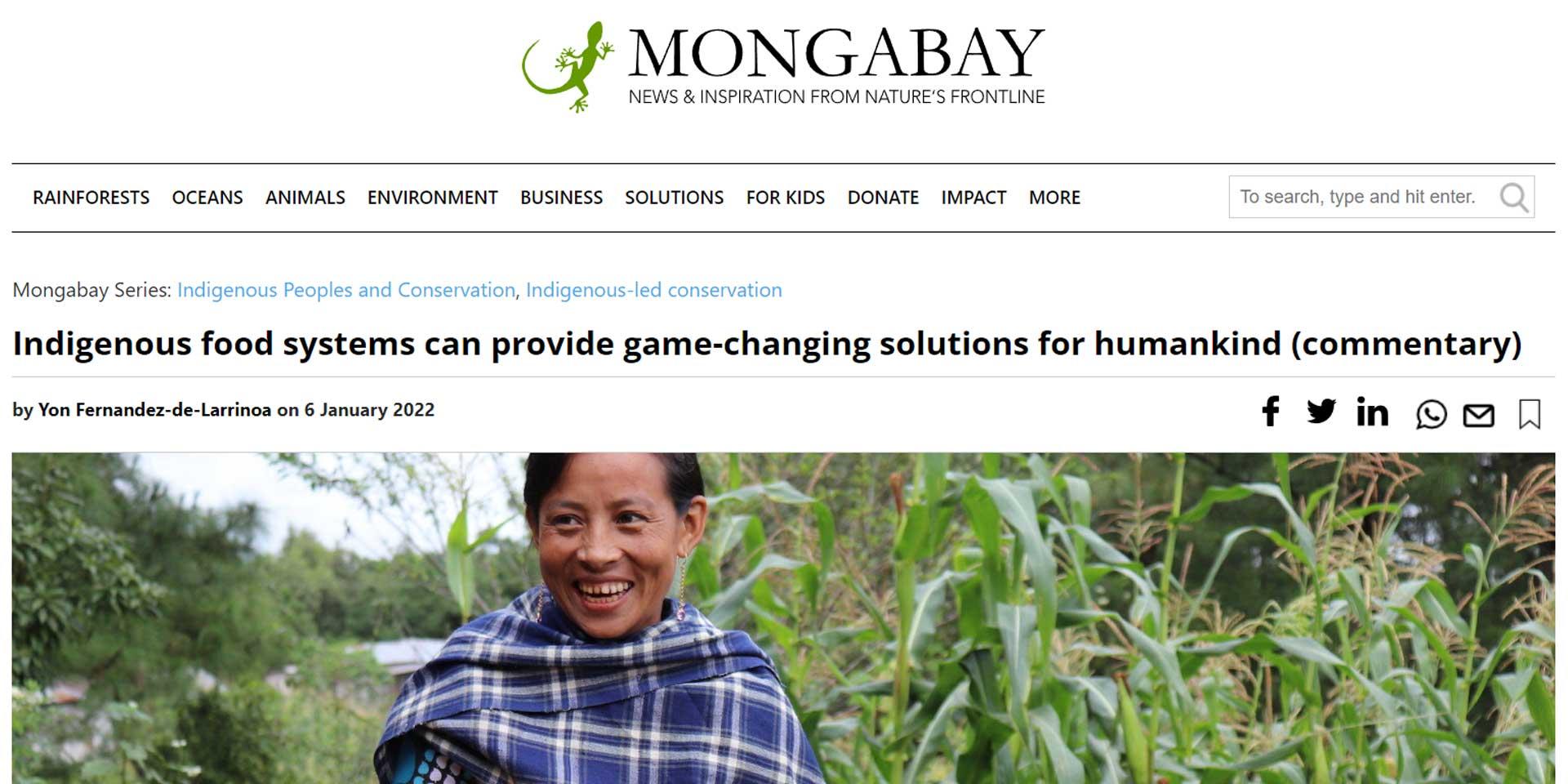
Indigenous food systems can provide game-changing solutions for humankind (Mongabay)

